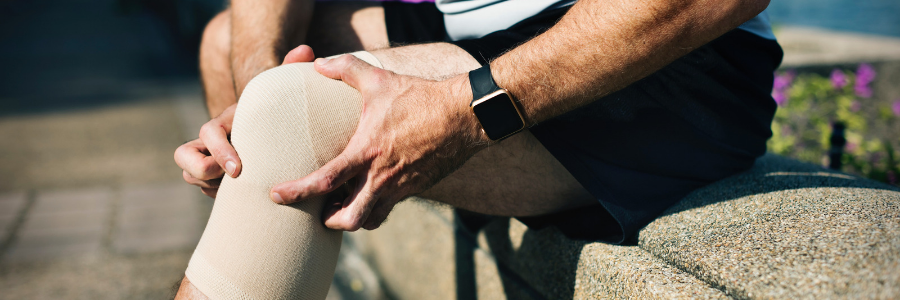
Lateral Collateral Ligament (LCL) sprain
The Lateral Collateral Ligament (LCL) of the knee helps stabilise the knee from moving inappropriately. The LCL stops what is known as varus movements. Varus movements are when the knee buckles out. The LCL is located on the outside of the knee. A LCL sprain describes a tear within the LCL. LCL injuries are not as common as MCL injuries.
Causes
The major cause of a LCL sprain is a direct force/blow to the inside of the knee. This force to the inside of the knee cause will cause it to buckle and as a result the LCL of is torn (sprained).
Symptoms
Depending on the injury, symptoms can vary from being mild to more serious. This depends on the extent of the tear. LCL sprains can be either grade 1, 2 or 3.
- Grade 1: This is a minor tear. Symptoms in this grade include tenderness over the ligament. In most cases, there is little or no swelling. Pain is felt, though no joint instability is appreciated.
- Grade 2: This is a moderate tear. Injury in this grade will be tender on the outside of the knee over the ligament. This grade will result in swelling over the ligament and pain. Laxity in the ligament and joint can be appreciated.
- Grade 3:This is a major tear. Injury in this grade will be a complete tear of the ligament. In complete tears, there may be less pain than in partial tears. Stressing the knee will reveal significant joint laxity.
Treatments
Treatment will depend on the nature, grade and severity of the injury. Please contact us for more information.








